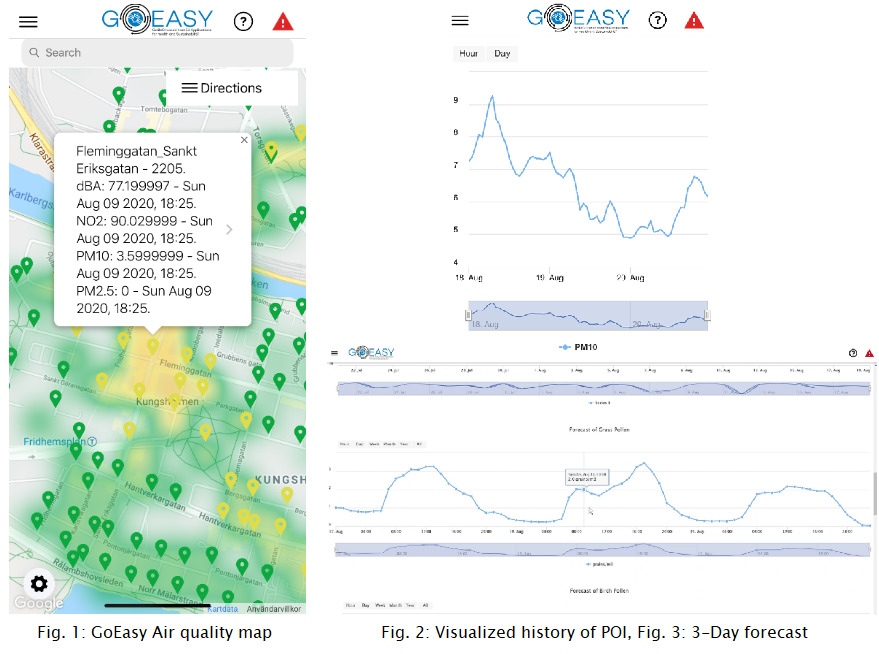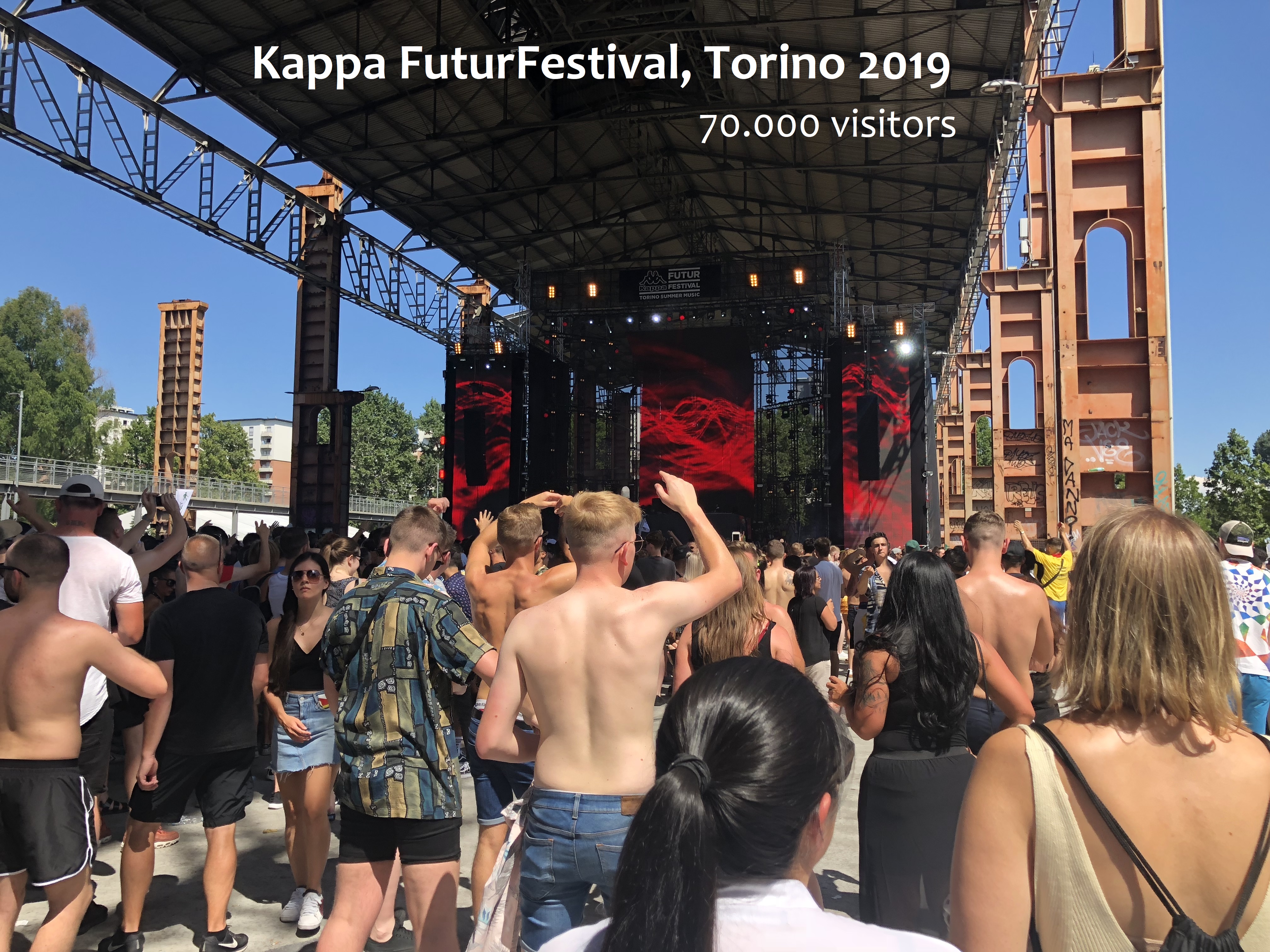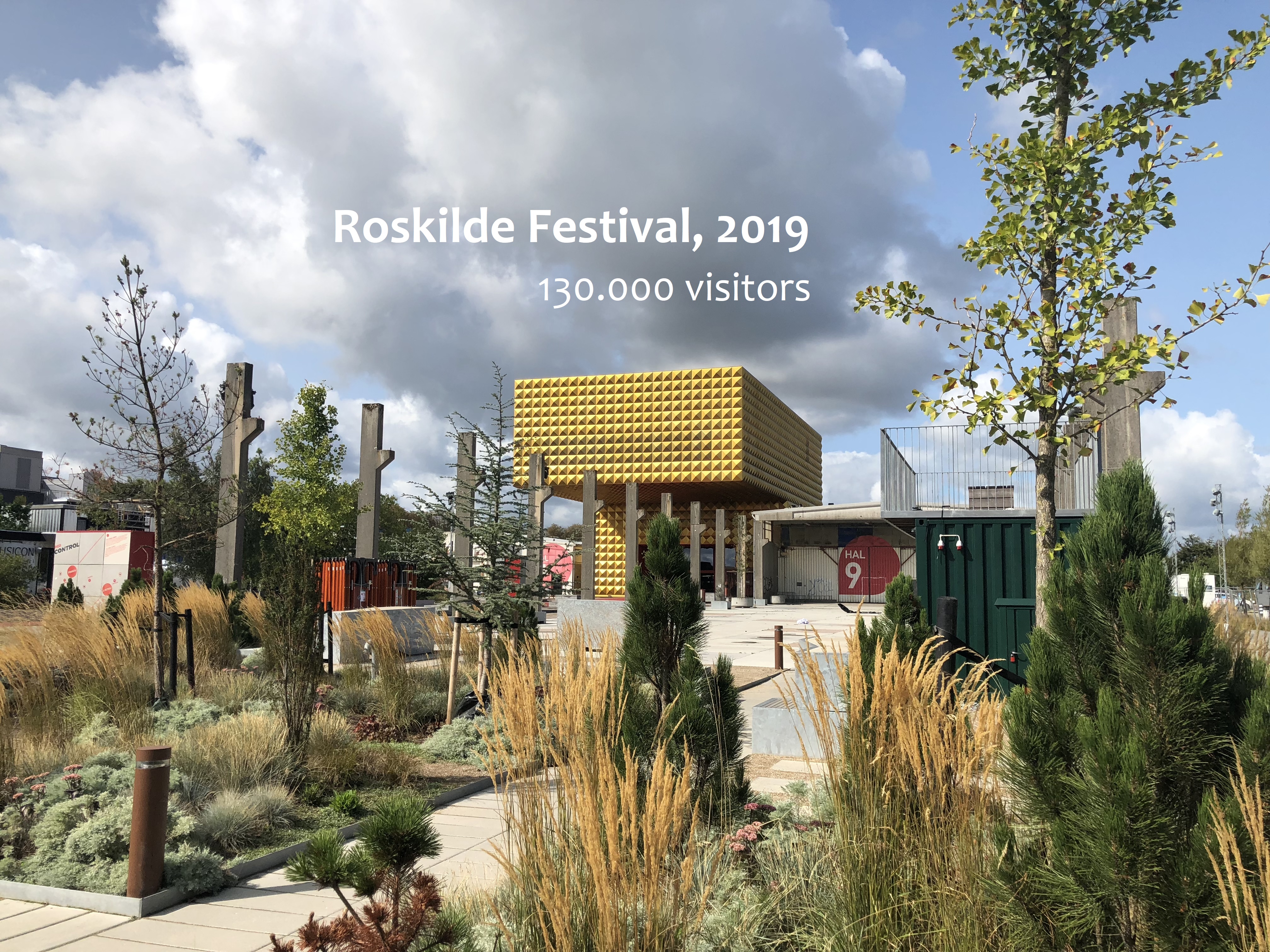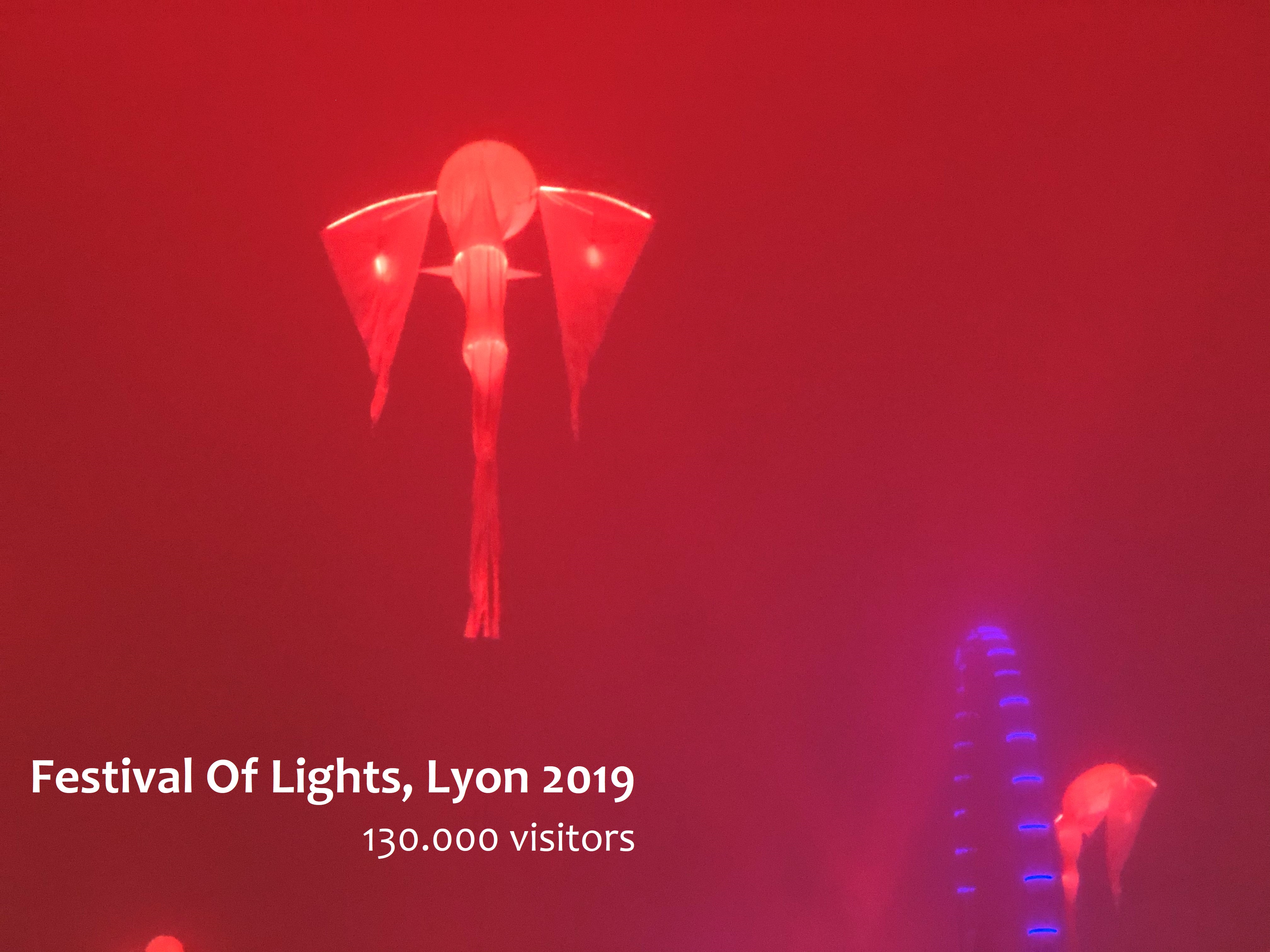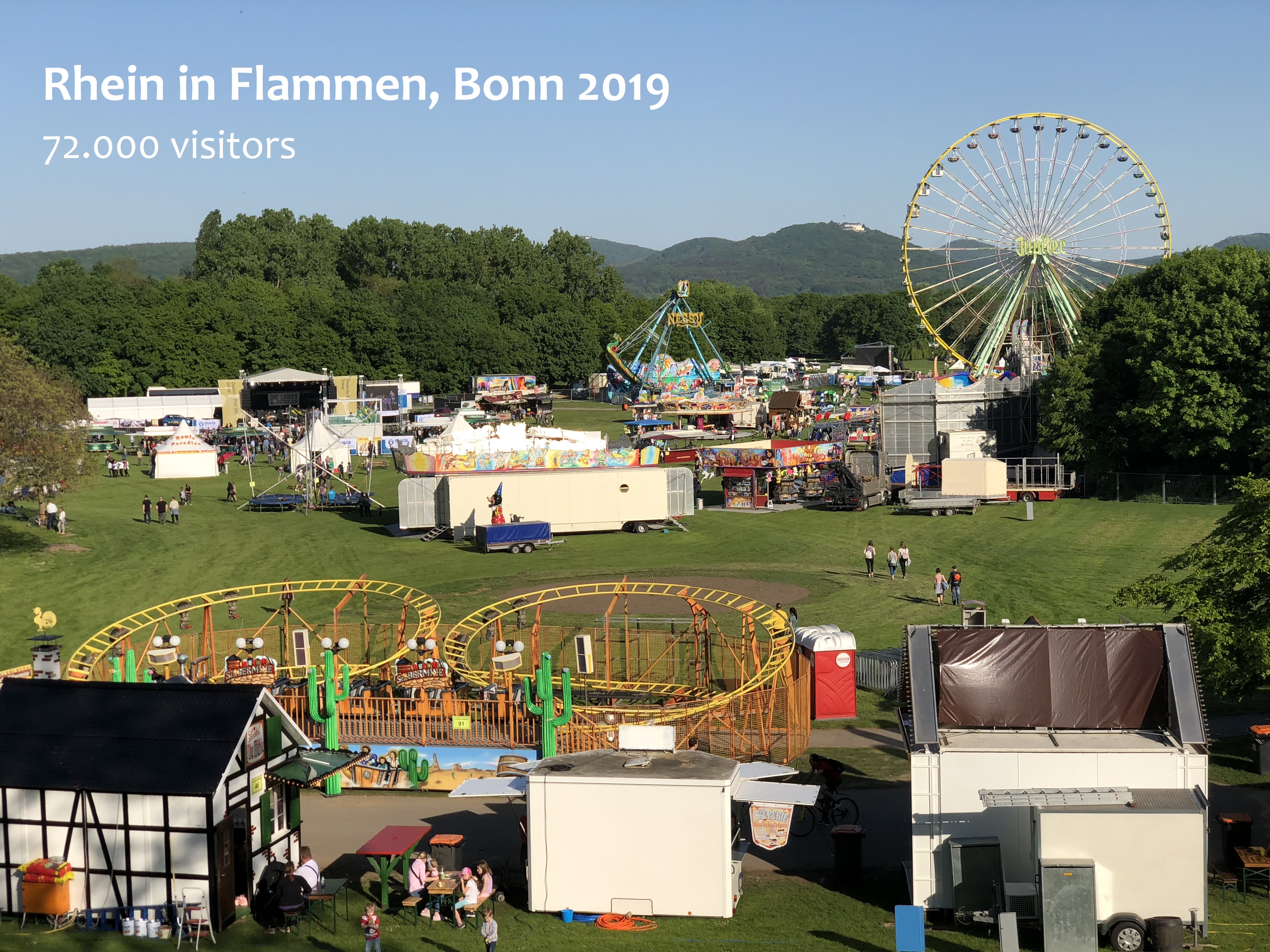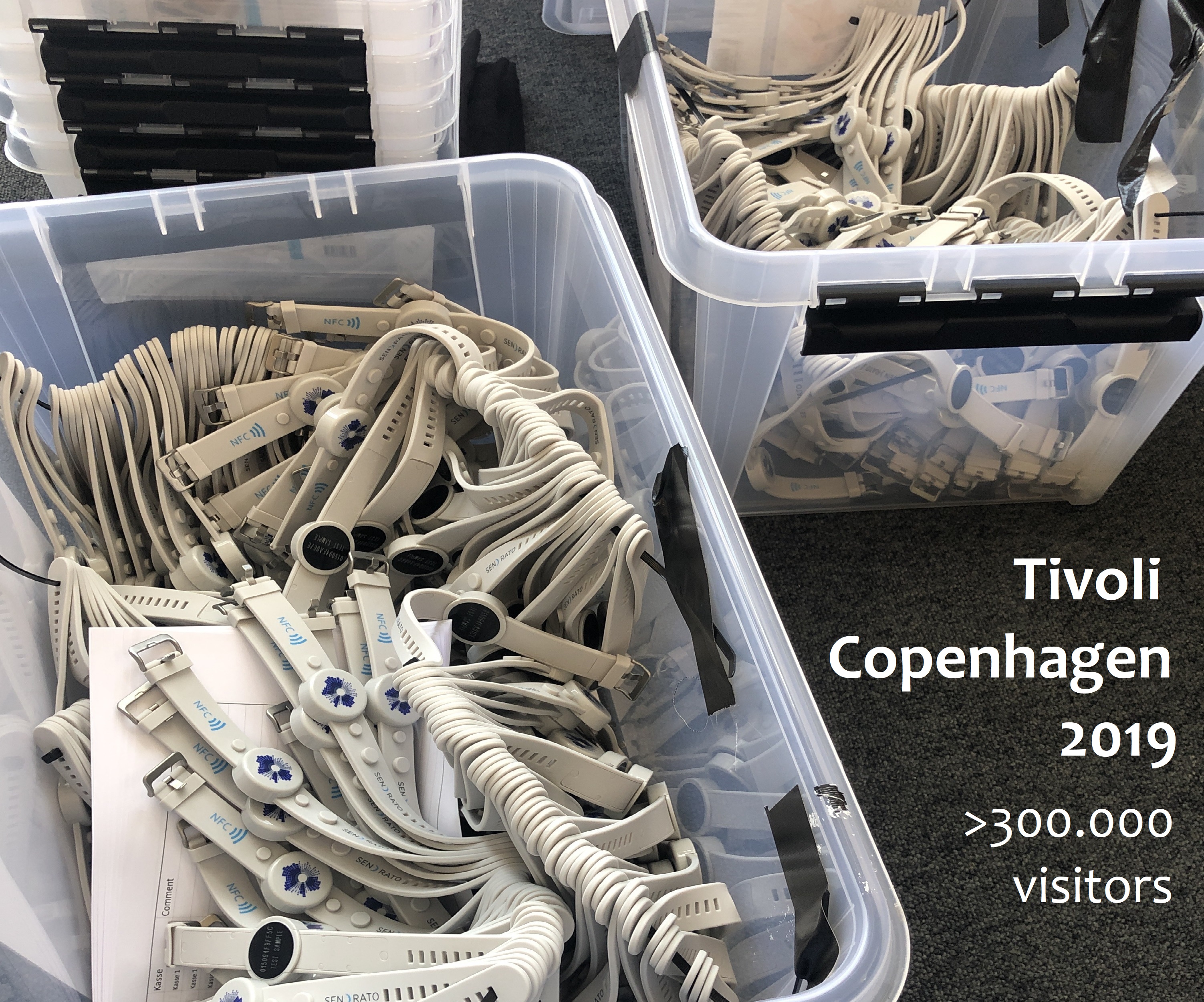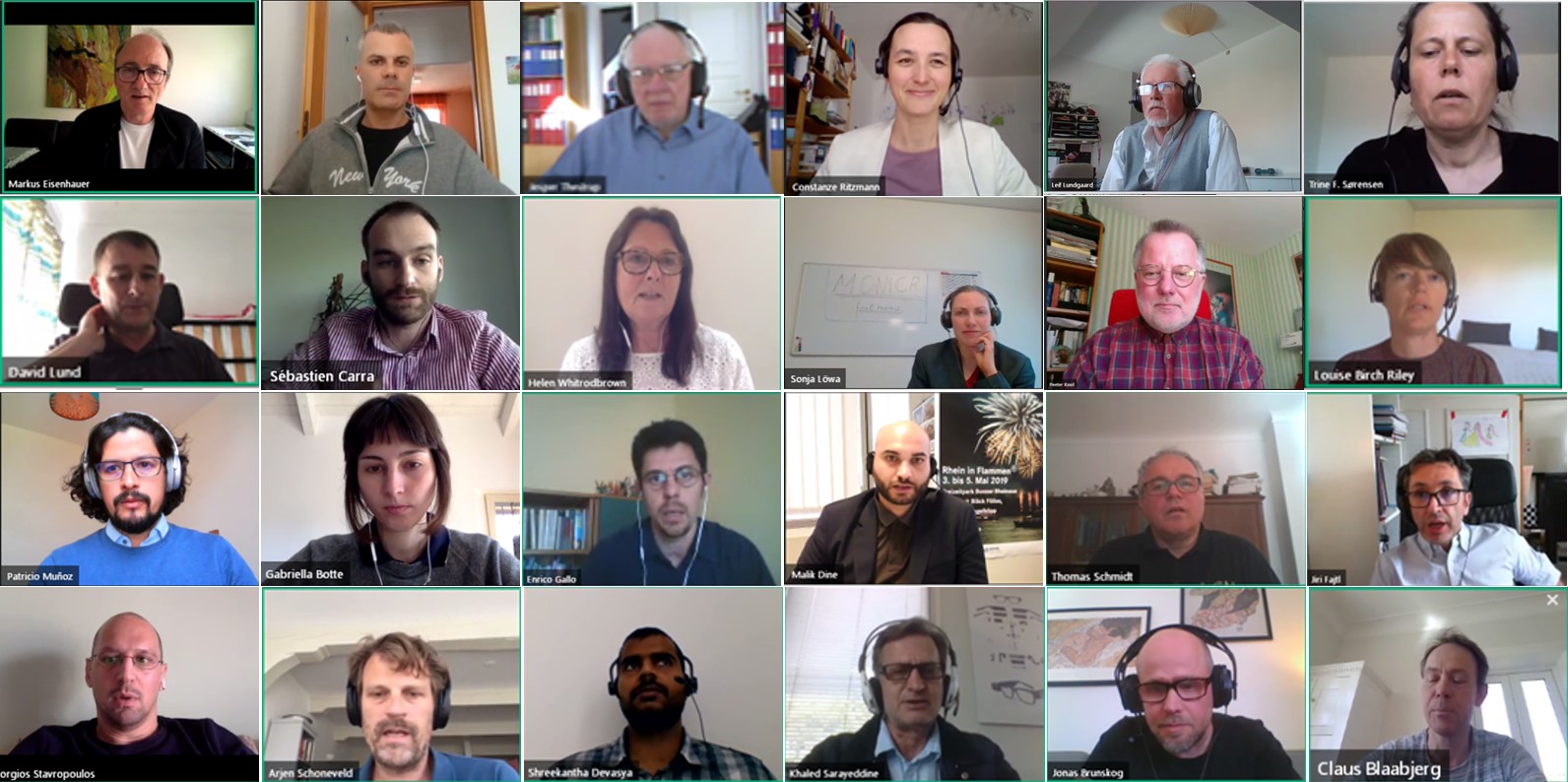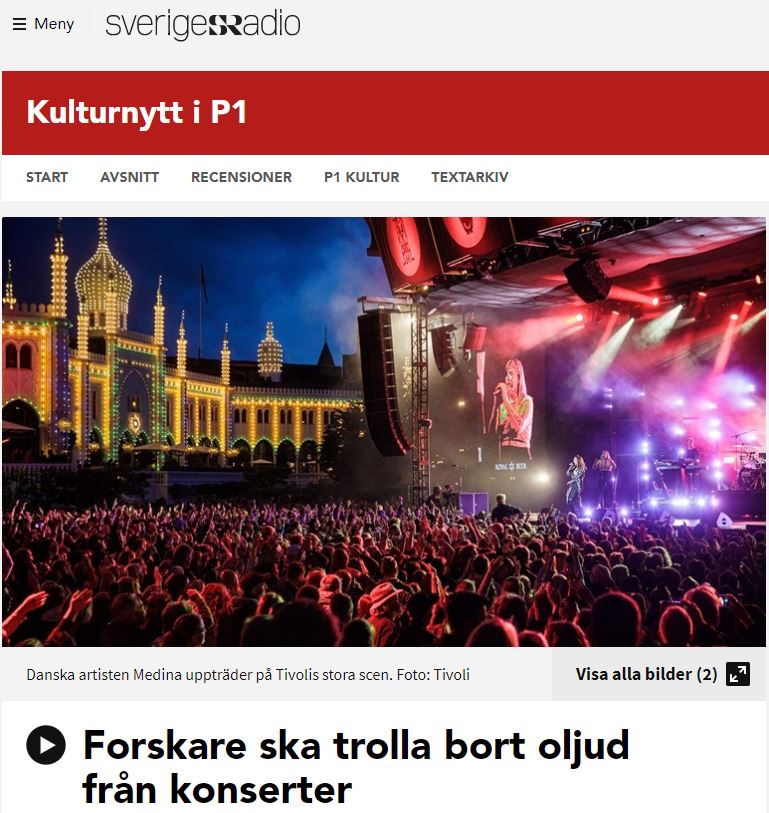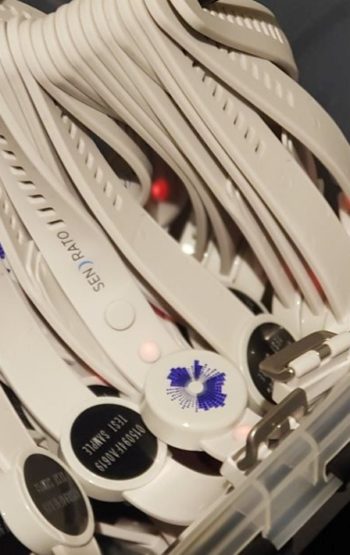CNet is participating in the LoLiPoP-IoT project which is aiming to improve the battery lifetime and energy harvesting of wireless sensors that are retrofitted in IoT applications for monitoring purposes.
Consisting of 40 European partners, the project is creating an ecosystem of developers, integrators and users to develop power platforms which consider power/battery life, ease of installation and maintenance. Focus is on three main application areas: Industry, smart mobility and energy efficient buildings with use cases for asset monitoring & tracking, condition monitoring for predictive maintenance as well as environmental monitoring. The development of platforms enables reuse across multiple applications and projects.
CNet leads the specification and requirement work for the 10+ use cases, contributing to the development of use cases for district heating and smart buildings.
Apart from reducing the power consumption of sensors, the project will also demonstrate cost reductions, optimised asset management and improved comfort levels for building occupants.


